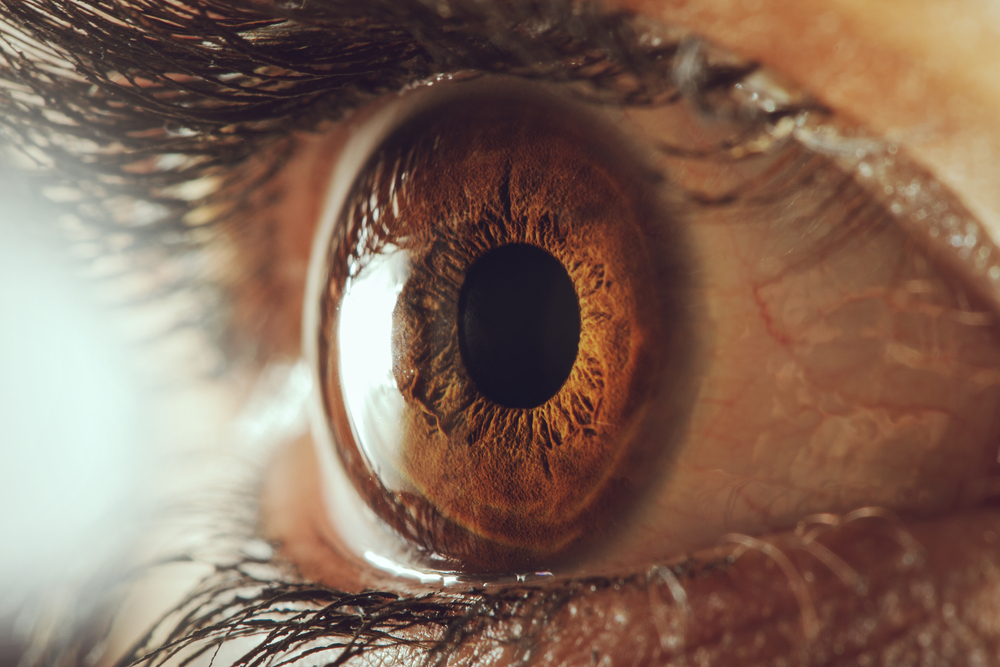Eye Muscles Might Reveal Duchenne MD Disease Mechanisms

Researchers at Switzerland’s Basel University Hospital investigated the biochemical and physiological properties of the muscles involved in the control of the movements of the eyelids along with the extraocular muscles, which control eye movements, noting that these muscle groups express low levels of dystrophin and high levels of utrophin, a similar protein that might compensate for dystrophin’s deficiency.
Their observations may explain why these muscles are not affected in patients with Duchenne muscular dystrophy (DMD). The research paper, “Functional characterization oforbicularis oculi and extraocular muscles,” was recently published online in The Journal of General Physiology (JGP).
The orbicularis oculi — muscles of the eyelids involved in modulating facial expression — are different from both limb and extraocular muscles (EOM) and are selectively involved, either spared or affected — in different neuromuscular diseases. Weakness of the orbicularis oculi muscles is apparent in disorders such as mitochondrial myopathies and myasthenia gravis, but it is absent in DMD.
Researchers investigated the functional and biochemical properties of human orbicularis oculi muscles and specifically, the excitation-contraction coupling (ECC) process, in which an electrical signal is transformed into a chemical signal and muscle contraction occurs, along with calcium homeostasis of these muscles, the EOMs and the quadriceps.
The results revealed that human orbicularis oculi muscles are functionally more similar to quadriceps than EOMs, in terms of ECC machinery and calcium regulation, despite a quite different gene expression between muscle groups. Moreover, the researchers also studied the expression of dystrophin proteins, whose defective gene leads to DMD development, and utrophin, a protein that shares functional and structural similarities with dystrophin.
While the quadriceps were found to express high levels of dystrophin and low levels of utrophin, the orbicularis oculi and extraocular muscles expressed low levels of dystrophin and high levels of utrophin.
Researchers believe their findings might explain why these eye muscles are not affected in DMD, because even though the proteins have distinct binding partners and distribution patterns, some animal studies have shown that utrophin can functionally compensate in vivo for the lack of dystrophin.
“This supports current strategies aimed at modulating utrophin expression in the therapy for Duchenne muscular dystrophy,” the researchers explained in a news release. “Taken together, these studies show that satellite cells derived from different muscles are primed and will follow the developmental characteristics of their muscle of origin, a property that can be exploited in laboratories devoted to tissue engineering.”






